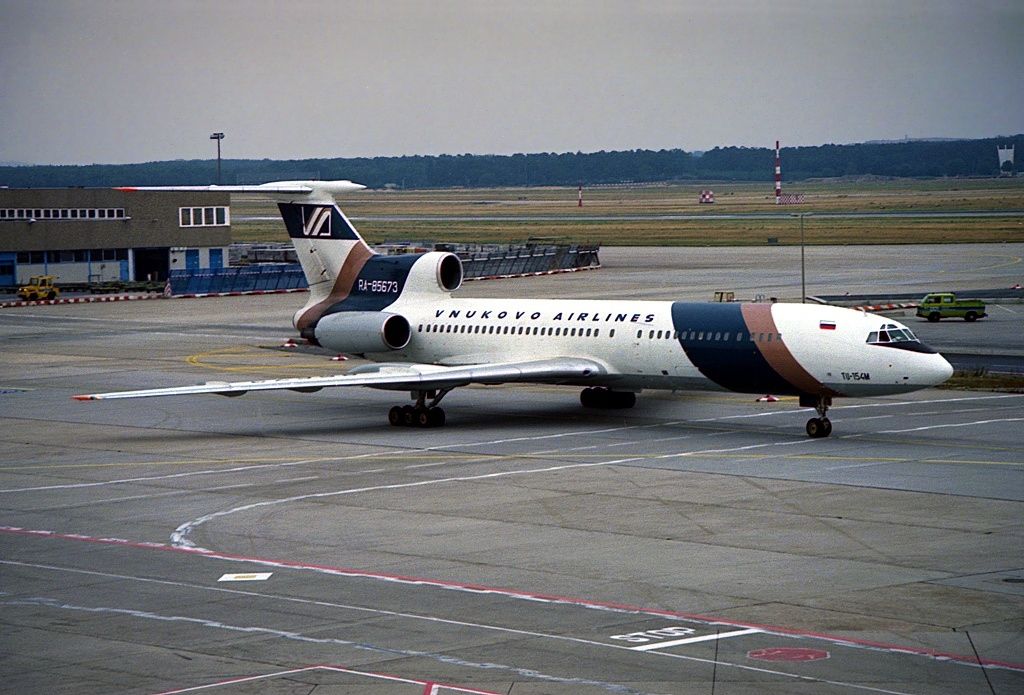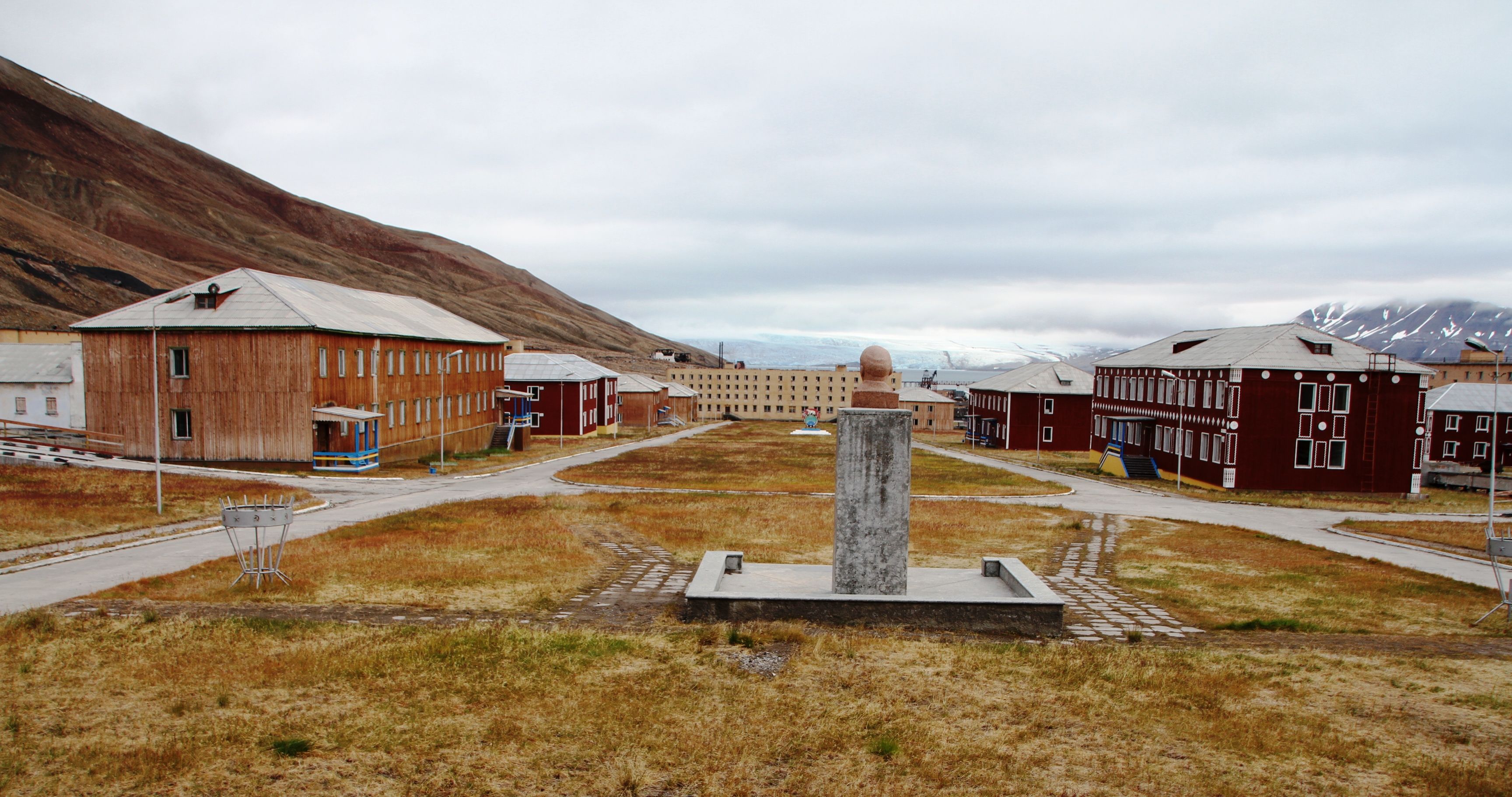The crash of a chartered Vnukovo Airlines Tupolev Tu-154M with the registration number RA-85621 remains the deadliest crash in Norwegian aviation history. On August 29, 1996, Vnukovo Airlines Flight 2801 took off from Moscow's Vnukovo International Airport (VKO), carrying Russian and Ukrainian coal miners to the remote Norwegian Arctic Circle territory of Svalbard.
The aircraft, an eight-year-old Russian three-engined, medium-range, narrowbody airliner Tupolev Tu-154M was captained by 44-year-old Evgeny Nikolaevich and first officer 58-year-old Boris Fedorovich Sudarev. The navigator and engineer on the flight were 50-year-old Igor Petrovich Akimov and 38-year-old Anatoly Matveevich Karapetrov. The cabin crew was made up of five flight attendants and two technicians.
The aircraft departed Moscow on time
The aircraft departed Moscow on time at 08:44 for the three-and-a-half-hour flight to the coal-rich Soviet mining settlement on the Norwegian archipelago of Svalbard. The plane climbed to 35,000 feet and cruised at a speed of 310 mph as it made its way to the world's northernmost publicly used airport near Longyearbyen on the Norwegian archipelago of Svalbard.
Svalbard Airport (LYR) was constructed by the German Luftwaffe during World War II and featured a single 7,020-foot runway running east to west at an elevation of 92 feet. Bodø Air Traffic Control (ATC) controls flights into and out of Svalbard Airport in an uncontrolled area with no approach service. On the day of the accident, it was raining on and off with wind gusts of between 17 and 35 mph with a visibility of 6.2 miles.
At 09:55 local time, the pilot of Flight 2801 radioed Bodø ATC requesting permission to begin the aircraft's descent but received no reply from the Norwegian controllers. The flight captain, who had prior experience of landing at Svalbard Airport, requested permission to land on runway 10, which was in the opposite direction of runway 28, in which planes were landing on the day of the crash. Longyear Automatic Flight Information Service (AFIS) communicated the current weather information and that runway 28 was in use. Due to language problems, this was not understood by the crew.
The plane had drifted off course
At 10:10 local time, the aircraft was flying at 5,000 feet and turning for its final approach. At 10:18, the pilot turned off the autopilot as the plane passed through the localizer centerline 31.5 miles from the airport.
At 10:20, the pilot in charge of the aircraft turned 291 degrees to adjust for drift resulting in a deviation of 2.3 miles from the approach centerline. At 10:22, the plane turned to the left and entered an area of turbulence created by the nearby mountains. During the initial approach, the aircraft altimeter warning had gone off several times, indicating that the plane was less than 2,460 feet from the ground.
Six seconds before the aircraft flew into the nearly 3,000-foot high Operafjellet mountain, the altimeter warning activated, yet the pilots took no evasive action. The plane was utterly destroyed by the impact killing all 141 passengers and crew. To this day, it remains the deadliest accident in Norwegian aviation history.
Stay informed: Sign up for our daily and weekly aviation news digests.
The investigation
Despite the area being owned by the Soviet Union after buying it for mining in 1927, the Norwegian authorities took full responsibility for the recovery and investigation. The investigation concluded that there was a controlled crash into terrain caused by pilot error. Contributing to the impact was that the horizontal situation indicator (HSI) was incorrectly set and that the navigator had set the GPS in the wrong mode. Also, citing the crew's poor English and the fact they were trying to land on the runway in the wrong direction, their lack of awareness of where they were led to the crash.


.gif)

